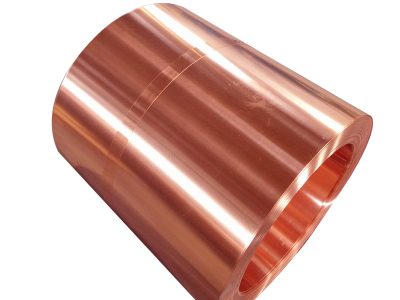BH-2(C2530)
BH-2(C2530)
Standard
| JIS | DIN | EN | ASTM/UNS/CDA | GB/T |
| TM4.115R70 | – | – | TM3 | – |
Merit
Thermal bimetal is a composite material that is firmly bonded by two or more layers of alloys with different linear expansion coefficients. The alloy layer with a larger expansion coefficient is called the active layer, and the alloy layer with a smaller expansion coefficient is called the passive layer. An intermediate layer can be added between the active layer and the passive layer to adjust the resistance. When the ambient temperature changes,Due to the different expansion coefficients of the active layer and the passive layer, bending or rotation occurs.
Applications
It is mainly used for automatic control devices such as temperature control, action and temperature compensation, current limitation, temperature indication, etc., and heat-sensitive elements in instruments and meters.

JIS: TM4.115R70
DIN: –
EN: –
UNS: TM3
- Sophia
- +86-21-62968227
- sophia@kinmachi.com
- candy_wu@kinmachi.com
| Grade | Chemistry | |
| High Expansion Alloy (50%) | Alloy E | Ni:25%; Cr:8.5%; Fe:Bal |
| Low Expansion Alloy (50%) | Alloy 30 | Ni:42%; Fe:Bal |
| Flexivity(Specific Curvature) | 18.0±5% | x 10-6 (mm/mm)/°C |
| Max. Sensitivity Temperature Range | 90 to 320 | ℃ |
| Useful Deflection Temperature Range | -70 to 380 | ℃ |
| Max. Recommended Temperature | 450 | ℃ |
| Electrical Resistivity at 25℃ | 0.69 | μ Ω.m |
Physical properties of the above materials are conventional performance indicators.If you have some special requirements,(for example property and tolerance).please contact Kinmachi Company directly,we will give you professional assessments and answers.
| Density (g/cm³) | 8.12 |
| Modulus of elasticity (KN/mm²) | 171 |
*value for the lowest temper class
